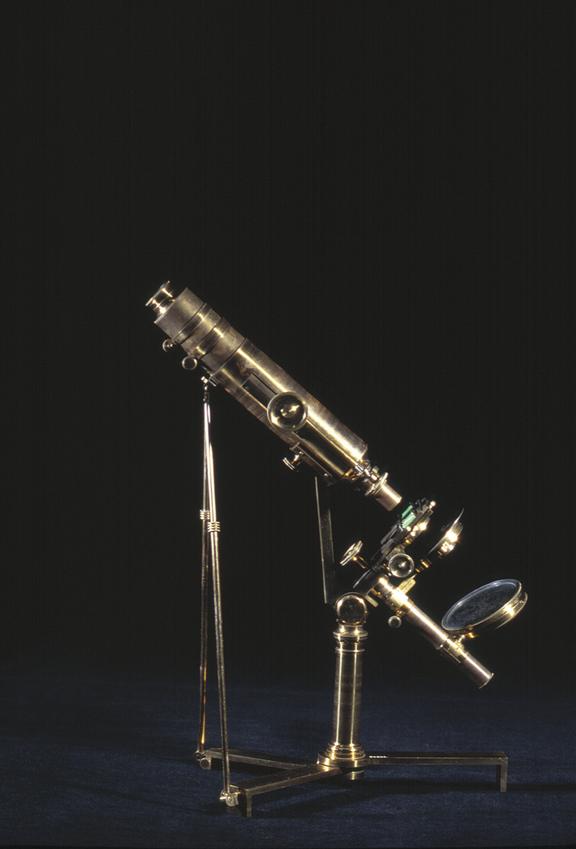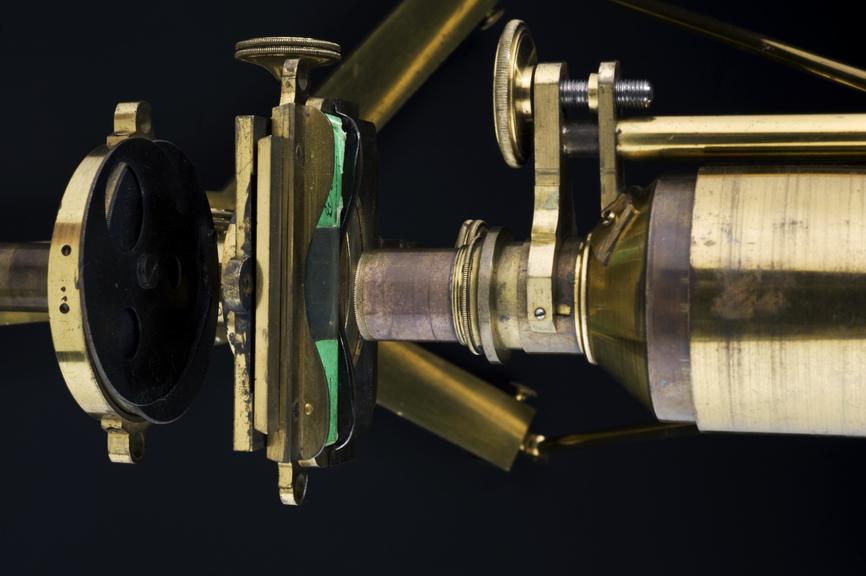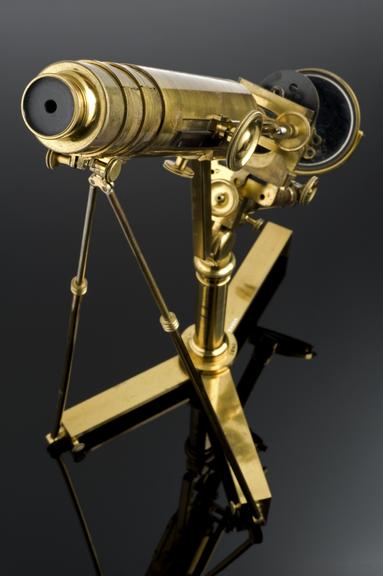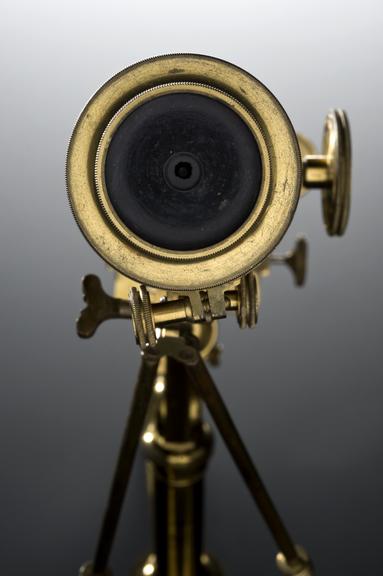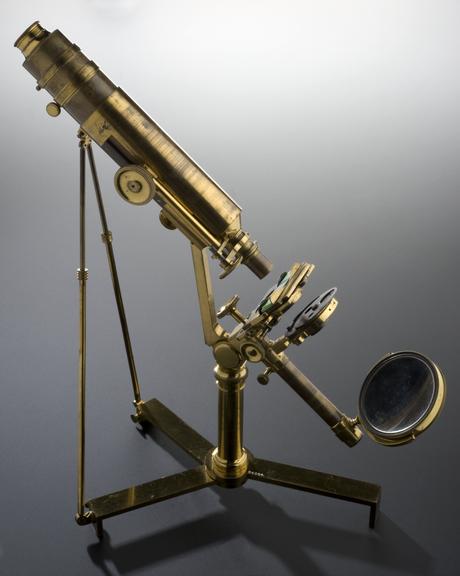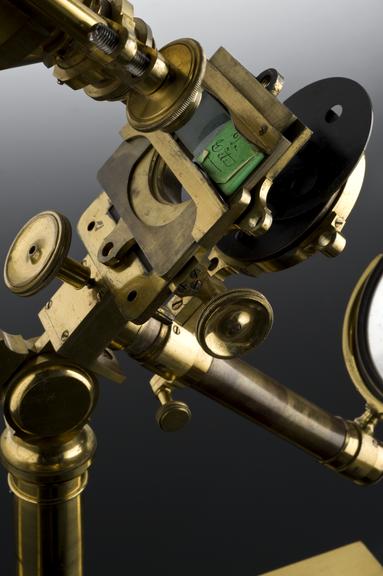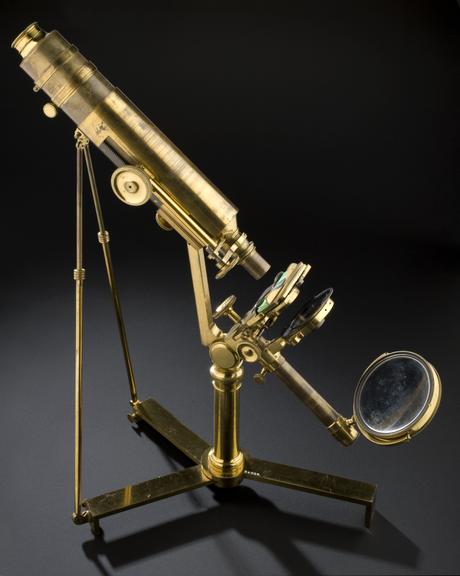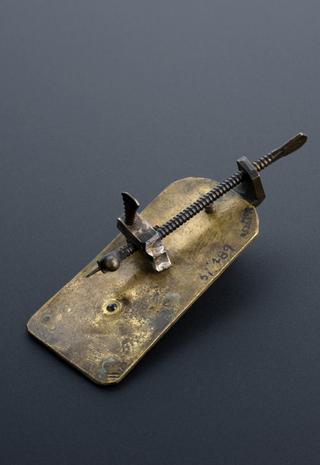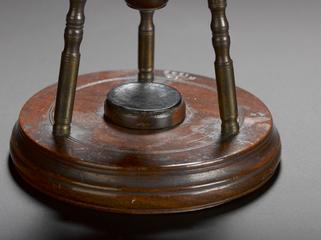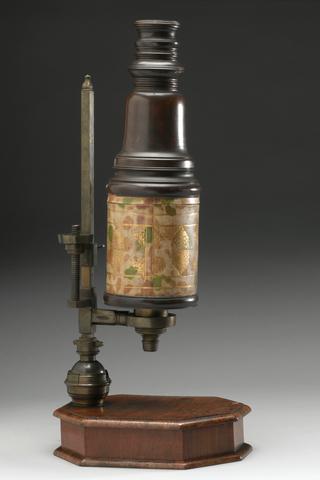Joseph Jackson Lister's Microscope, London, England, 1826
The first achromatic microscope made for J.J. Lister by James Smith, London, 1826
More
How can you be sure that what you see through a microscope is real? Imagine you’re looking through the microscope and you see a cell with a coloured edge. Is this edge really there, or is it an artificial effect produced by flaws in the microscope?
Early microscopists had to check their findings many times because it was very difficult to make good, reliable instruments. The way light passed through the glass lens created faults in the image such as distortions and coloured halos. Medical scientists clearly had good reasons to distrust microscopes.
In 1826, the English wine-merchant and amateur scientist Joseph Jackson Lister (1786-1869) – father of the renowned surgeon Joseph Lister – made an important technical breakthrough. He developed an ‘achromatic’ lens which compensated for a distortion called ‘chromatic aberration’. This distortion happened because light of different wavelengths is diffracted through glass at different angles. With Lister's new lens, the coloured edge disappeared.
Lister's achromatic lens encouraged scientists to accept the microscope as a reliable tool for medical research, but even today scientists are careful to check their findings. Publishing the methods of their research is their way of saying,”I’ve seen it, and if you follow the exact same method, you will too” – coloured edges and all.
- Measurements:
-
overall: 540 mm x 350 mm x 220 mm, 3.45kg
- Materials:
- glass and brass (copper, zinc alloy)
- Object Number:
- A54204 Pt1
- type:
- compound microscope
- Image ©
- The Board of Trustees of the Science Museum







